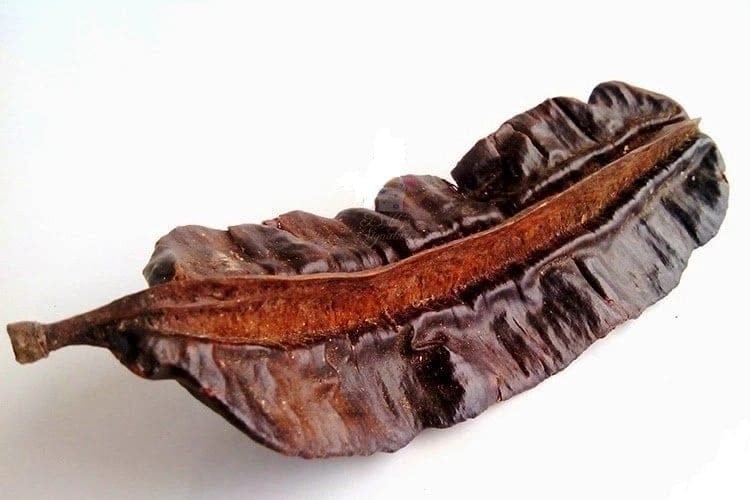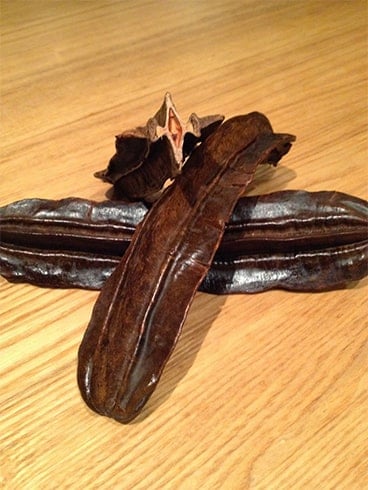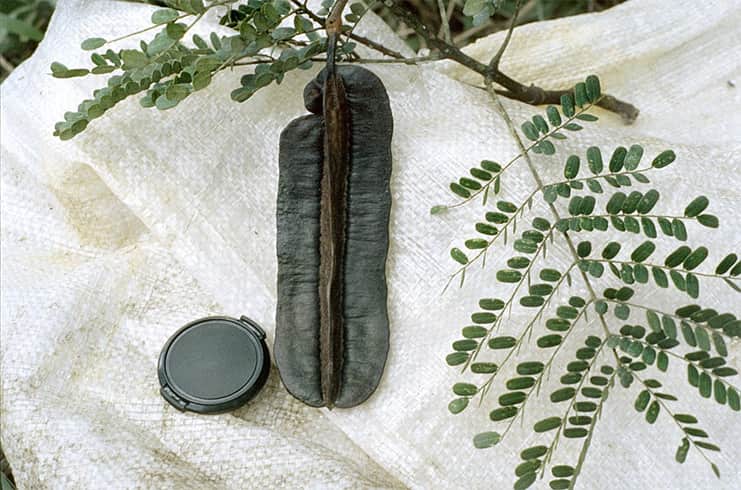[ad_1]
The precession or tetrapleura tetraplera is a species of the pea family and is native to West Tropical Africa. The fruits of the plant have a strong aromatic odor with insect repellent properties. This medicinal plant belongs to Nigeria and African countries. Inflammation, leprosy, rheumatoid arthritis, convulsions, etc. Various diseases such as can be treated with the use of prekese.

The herb also contains antioxidants, anti-inflammatory properties, vitamins, minerals and phytochemicals. Its bark, berries and leaves are also full of medicinal substances.
Nutritional Values of Prekese:
Aridan is highly nutritious as it is full of essential phytochemicals and nutrients essential for our body. It is also rich in iron, potassium, calcium, zinc, phosphorus, flavonoids, tannins, steroids and phenolic compounds.
The prepack also has about 234.42-379.48 g/cal of food energy, 7.44-17.50% crude protein and 4.98-20.36% crude lipid.
Other Local Names of Prekese:
The Prekese are originally from West Africa. That is why tribes and various countries in Africa have different names for the plant. For example, Nigerians in Igbo refer to it as oshosho or osakirisa, while Nigerians in Yoruba refer to it as aidan and ubukirihu.
In Twi, the Ghanaian prequel is referred to as prɛkɛsɛ.
The English name of the plant is Aidan fruit.
18 Health Benefits of Prekese Worth Knowing
Let’s take a look at the tremendous health benefits of prekease:
1. Control Diabetes:
According to a study conducted on rats, Tetrapleura tetraptera is beneficial in the treatment of Type 2 diabetes. The extract of the fruit extract is said to lower glucose levels during fasting and non-fasting hours.
2. Acts As Mosquito Repellent:
The plant has a strong odor and therefore acts as a mosquito repellent. The properties found in the precast are attributed to the essential oils available.
3. Postpartum Care:
The bark of the plant is used as a soup additive and is best offered to postpartum mothers to prevent contractions. The pods are said to be packed with calcium, iron, and potassium. These three components are said to be important for postpartum women. Prekes soup is said to produce milk in nursing mothers and restore lost blood.
4. Fever:
Prekese is a great remedy when you are suffering from a cold. The best way to use the plant is to soak it in warm water. Take a bath using the infused water. This is said to relieve fever and body temperature to a great extent. You can also try this remedy when you have enemas, constipation and vomiting.
5. Wound Healing Properties:
The wet sap of the plant contains wound-healing substances. According to a study conducted at Uyo University, a low concentration (200 mg/ml) is more effective than a high concentration (200 mg/ml). It is therefore recommended to use a lower concentration of the herb to heal wounds.
6. It Has Antibacterial Properties:
The plant contains antibacterial and microbial agents. Because of these properties, the sap of the plant is used in soap making. Soap can be used to cure skin diseases, inflammation and bacterial infection.
Apart from that, it can add foam, fragrance and harden the soap to the premade soap.
7. Contraceptive Features:
The stem and bark of the Prekes plant contain saponin and ethanol extract. These properties release a luteinizing hormone that is said to serve as a contraceptive.
8. Cures Leprosy:
According to a study, the bee plant is also used in the treatment of leprosy. The disease greatly affects the skin, mucous membranes and nerves, causing lumps and patches of skin. More severe cases of leprosy can also cause disability and abnormalities.
9. Convulsion Management:
The stem, fruit and leaves of the precess are used in folk medicine to create herbal mixtures. This can help manage the convulsion. Studies reveal that the aqueous extract of the plant leads to anticonvulsant activities and affects the central nervous system.
10. Anti-inflammatory Properties:
Plant extracts have anti-inflammatory agents and exert an effect on a variety of human pathogens. This can reduce body inflammation, arthritis and rheumatoid pain.

11. Kitchen Purposes:
The dried Taub herb has an aromatic scent and is often used as a seasoning to add flavor to various dishes such as white soup, meat chili soup, bean soup, and fish chili soup. This spice can be crushed or cut into small pieces while cooking.
12. Treats Cardiovascular System:
Precursor is beneficial for the cardiovascular system due to the addition of essential phytochemicals. It can also be used in the treatment of heart-related diseases.
13. Contains Mollucidal Properties:
According to studies, the aqueous extracts of the leaves, stem, stem, roots and bark of the plant have molluscum-killing substances. This reveals why it serves as a pesticide to treat pests. Prep is mostly used for planting flowers and gardening to get rid of gastropod pests such as slugs and snails.
14. Dermatological Care:
Prekes fruit can be dried in direct sunlight and mixed into a fine powder. This extract is then used as an ingredient in soaps. It acts as a dermatological care product due to the presence of antibacterial and antimicrobial agents. The dried powder extract can be used with other ingredients such as palm kernel oil and shea butter for external use. You can search for these ingredients when searching for soap.
15. Hypertension:
The stem and bark of the plant can be used for the treatment of hypertension. Studies reveal that the herb helps to cure high blood pressure and control the oxidation levels of hypertension patients.
[sc:mediad]
16. Supports Immune System:
The plant is a rich source of vitamins, iron, calcium, potassium, zinc and magnesium. It helps to strengthen the immune system.
The presence of iron in the herb helps replenish lost blood, zinc provides protection against the virus that causes respiratory infections, while potassium and calcium help manage, prevent and control muscle disorders and bone strength.
17. Treatment of Gastrointestinal Diseases:
Because of the phytochemicals it contains, the plant can be used in the treatment of gastrointestinal disorders such as diarrhea, vomiting and stomach pain.
18. Has Antibacterial Properties:
Studies suggest that the herb’s water extracts and presence of alcohol can lead to staphylococcus aureus. The presence of precast tannins and glycosides can also help prevent bacterial growth.

How to Prepare Aridan or Prekeze:
Ready broad beans can be crushed and cut into small pieces to add as food flavoring. Additionally, the herb can be added to food during cooking and scooped out before serving. It is important to add this spice to food so that it brews well and gives it an aromatic scent.
In herbal medicines, bee’s stem, root, leaves, bark and pods can be mixed, boiled, squeezed, soaked, crushed, extracted and made into mixtures.
Now, we’ve covered the pre-established health benefits and discussed how great this superfood can be for everyone. We would like to know your opinion? Would you consider adding it to your diet? Or is it part of your daily diet?
Talk to us in the comment box below. Or, you can share this article with your loved ones so that they can learn about the incredible beauty of prekes.
Disclaimer:
This posting is for informational purposes only and should not be considered professional treatment or diagnosis. Always consult a doctor before making any health-related decisions. He will guide and provide the right treatment.
[ad_2]
Source link
